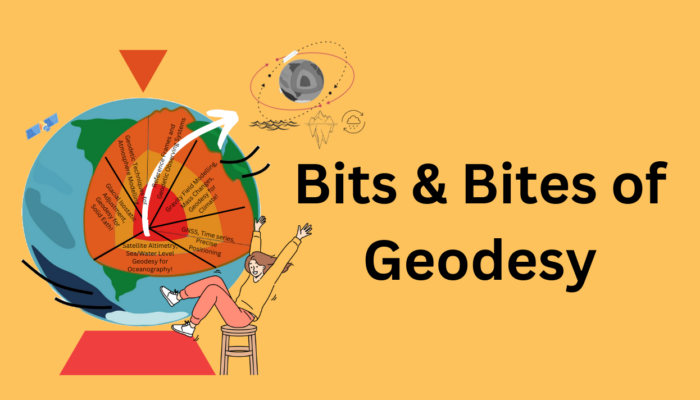The EGU mentoring programme: Experiences from mentor and mentee perspectives Each year, EGU offers a mentoring programme to pair a more experienced conference “veteran”, defined as having participated in a General Assembly (GA) at least two times, and a conference “newbie”. As we’re getting closer to the GA period, the submission deadline for the mentoring programme is on 17.03.25, and the ultimat ...[Read More]
EGU Campfire Geodesy – Share Your Research – Tenth Edition
We are excited to announce the 10th edition of Geodesy Campfire – Share Your Research in November. The Geodesy EGU Campfire Events “Share Your Research” give (early career) researchers the chance to talk about their work.We have two exciting talks by our guest speakers Mario Moreno and Franck Ghomsi. Below you can find the details of the topics awaiting us. We will have time to network after the p ...[Read More]
Bits and Bites of Geodesy – Satellite altimetry: What else can we do with it?
In the previous post of this series, we learned how we can use satellite radar altimetry to retrieve highly accurate estimates of global sea level changes. If only reading “sea level” triggers your climate anxiety – we got you covered! In this post we will introduce you to three more applications of radar altimetry, where the first two are not directly connected to climate change. Instead, w ...[Read More]
Bits and Bites of Geodesy – Satellite radar altimetry: How do we know that sea level is rising?
In a previous post, Thomas Frederikse briefly explained how geodesy is used to observe sea level change. In this part of Bits & Bites, Bene delves deeper into the topic. Rising sea levels are one of the consequences of climate change that already impacts people in low-lying coastal regions, and the future prospects are not exactly encouraging as well. We know that rising sea levels are caused ...[Read More]



